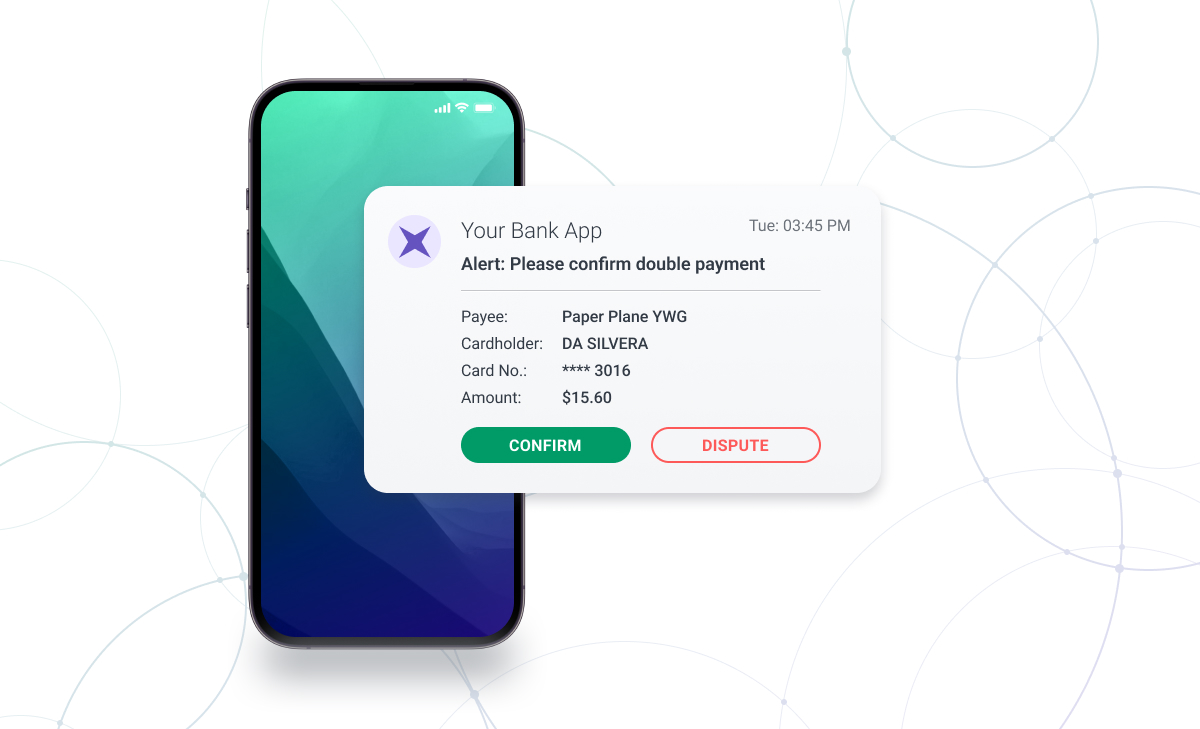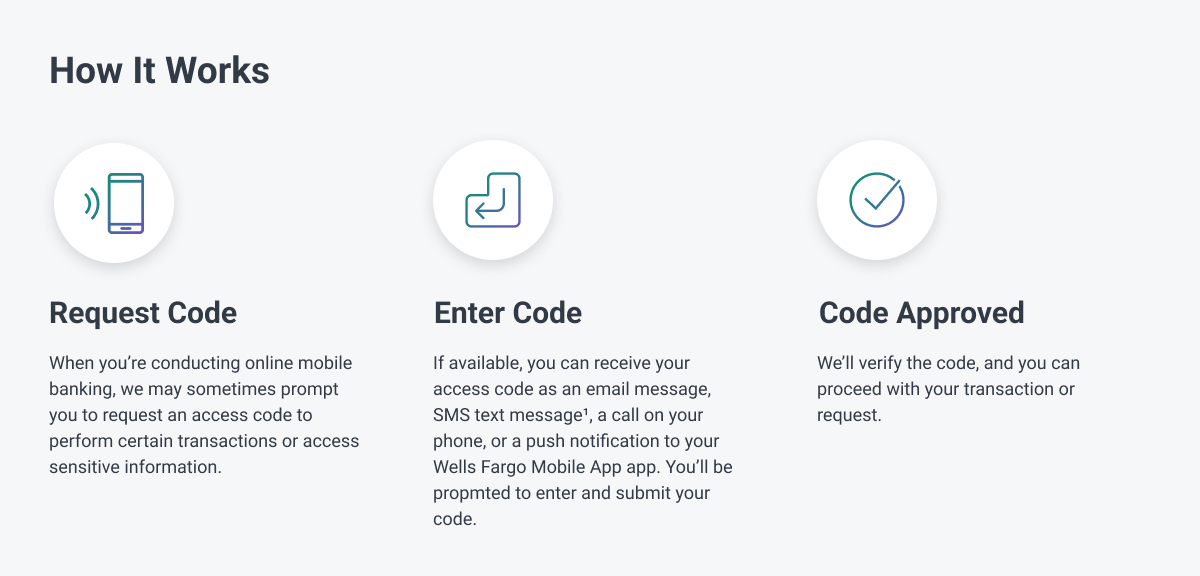The Rise of Digital Payments and the Escalation of Fraud Risks
The COVID-19 pandemic has propelled the world towards the era of electronic payments, a trend that shows no signs of reversing. At
37.8%, credit cards emerged as the most reported method of payment involving scams in 2022, accounting for an estimated $1.034 trillion in e-commerce sales.
However, this surge in digital payment adoption has come hand in hand with an alarming increase in fraud incidents. According to
US News & World Report, the largest number of identity theft cases reported by the FTC involved credit card fraud, with more than 440,000 incidents in 2022.
With a
reported 48% of consumers saying it’s the merchant’s responsibility to protect them from fraud, more pressure than ever is on card companies, fintechs, and banks to safeguard their customers against credit card fraud.

Harnessing Innovative Tools for Fraud Detection and Prevention
Banks, neobanks, and other financial institutions are now harnessing the power of cutting-edge technologies like machine learning and artificial intelligence to fortify their defenses against fraud.
These advancements enable institutions to proactively alert cardholders at the first sign of suspicious activity, thwarting fraudsters before they can siphon substantial sums from credit or debit cards.
Understanding the Nuances of Credit Card Fraud
Credit card fraud encompasses the illicit usage of another person’s financial credentials or credit standing and falls into two distinct categories: card-present and card-not-present fraud.
In card-present fraud, criminals employ physical cards or stolen card details to make unauthorized purchases. In contrast, card-not-present fraud often involves account takeover tactics, wherein fraudsters deceive card issuers into modifying account details, further facilitating illicit transactions.

Fraud Detection Methods
Financial institutions are bolstering their defenses through a multifaceted approach, utilizing diverse tools, strategies, and methodologies to counter identity fraud and combat fraudulent transactions.
These institutions are increasingly relying on artificial intelligence and machine learning algorithms, which analyze vast datasets to discern user behavior patterns, flag potentially problematic transactions, and respond promptly to emerging threats.
Strategies for Fraud Prevention
Preventing credit card fraud stands as a paramount objective for financial entities. Tokenization, for instance, involves substituting credit card numbers with randomly generated, untraceable digits, minimizing the risk of fraud. Additionally, institutions employ rule-based systems to identify irregular patterns in transaction activity and promptly alert cardholders.
Another effective countermeasure is transaction confirmation, where banks send a verification request to a cardholder’s mobile phone, ensuring that the transaction is authorized, thus thwarting fraudulent activities.

Innovative Approaches to Fraud Prevention and Detection
Financial institutions and payment networks categorize fraudulent behavior into four primary types:
-
E-commerce and remote payments fraud
-
Counterfeit fraud
-
Lost and stolen card incidents
-
Account takeovers and other fraudulent activities
To combat these threats, banks and credit card companies are continuously enhancing security measures and refining their internal fraud detection processes.

Emerging Technologies for Fraud Prevention
In the quest to combat credit card fraud, banks and financial institutions are turning to an array of innovative technologies:
- Consumer Transaction Alerts: Timely notifications sent via mobile, email, or banking apps empower cardholders to intervene swiftly in response to potential fraud.
- SMS Text Alerts: These not only identify fraud attempts in real-time but also instill greater confidence in retail customers.
- Call Center-Based Multi-Factor Authentication: A robust method to authenticate transactions via mobile tokens during call center interactions.
- Dynamic Passcodes: Unique, one-time codes sent via banking apps, emails, or SMS, ensuring secure authentication.
- Real-time Data Enrichment Tools: Augmenting Know Your Customer (KYC) data with additional information from various sources to enhance fraud detection capabilities.
- Machine Learning (ML): ML systems analyze cardholder data to establish purchasing patterns, detect anomalies, and flag suspicious transactions.
- Know Your Customer (KYC): Identity verification through ID, face, document, and biometric checks to meet compliance requirements and deter fraud.
- Voice Biometrics: Passive authentication based on a caller’s voiceprint, aiding in fraud detection and automating customer access.
- Enhanced Knowledge-Based Authentication (KBA): Validates cardholder identities against external sources, creating challenging security questions.
- Adaptive Authentication: AI-driven fraud risk scoring that consolidates data from multiple channels, enabling proactive fraud prevention.
- Address Verification Service (AVS): Ensures that transactions match the cardholder’s billing address, a critical tool for card-not-present transactions.
- Geolocation: Matches a cardholder’s mobile phone location with transaction location to enhance transaction validation.

Combatting Counterfeit Fraud
Tools to detect counterfeit fraud include biometric authentication, activity analytics, and card verification methods like CVV and CVC, especially in card-not-present transactions.
Final Word
By embracing AI and advanced technologies, financial institutions are accelerating their response to fraud, assuring cardholders of secure digital payments.
As payment fraud remains a persistent threat, the continuous evolution and enhancement of anti-fraud tools are pivotal in safeguarding user accounts and supporting the growth of digital payment ecosystems.
- SEO Powered Content & PR Distribution. Get Amplified Today.
- PlatoData.Network Vertical Generative Ai. Empower Yourself. Access Here.
- PlatoAiStream. Web3 Intelligence. Knowledge Amplified. Access Here.
- PlatoESG. Carbon, CleanTech, Energy, Environment, Solar, Waste Management. Access Here.
- PlatoHealth. Biotech and Clinical Trials Intelligence. Access Here.
- Source: https://www.finextra.com/blogposting/24953/emerging-technologies-to-safeguard-against-credit-card-fraud?utm_medium=rssfinextra&utm_source=finextrablogs



